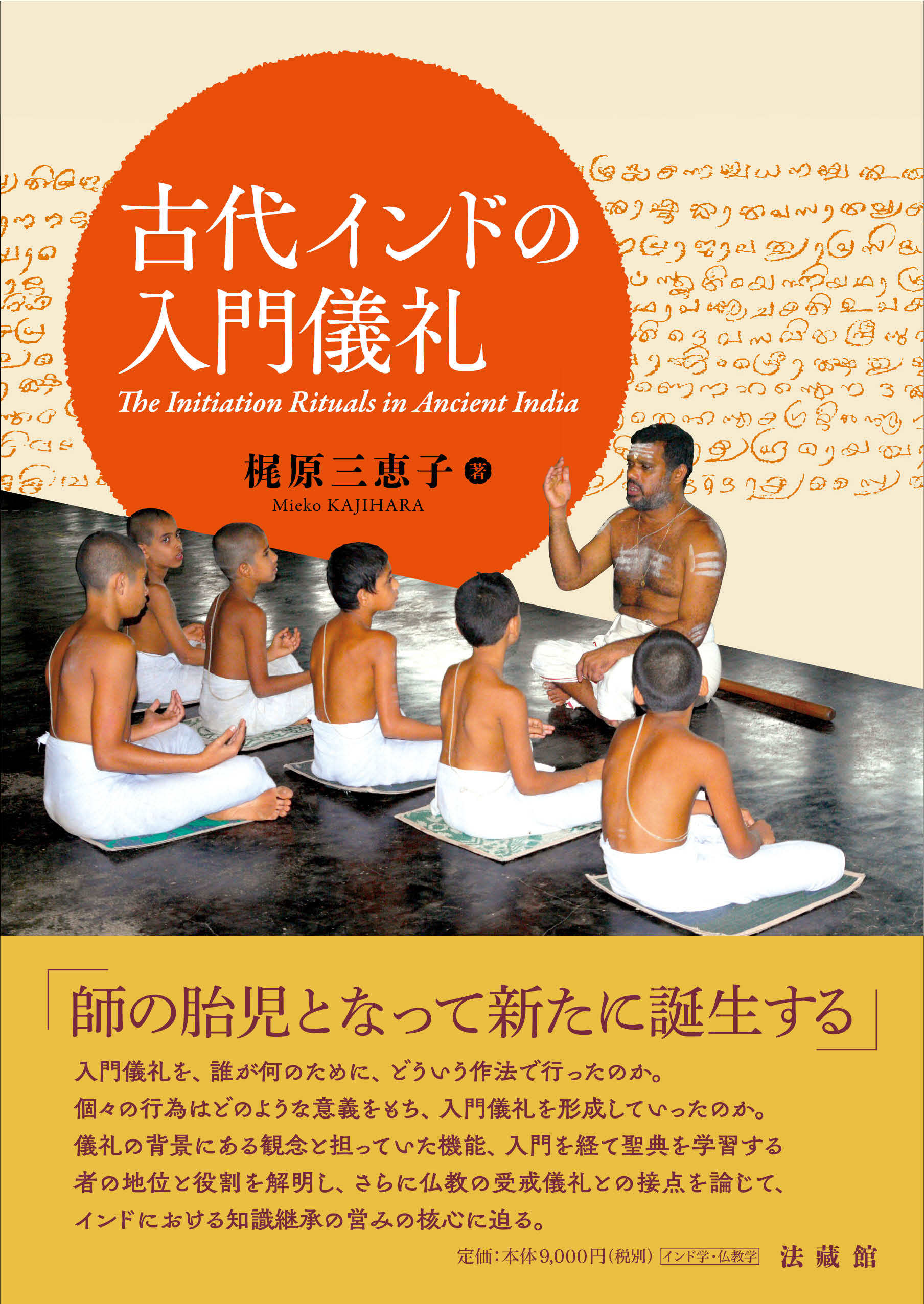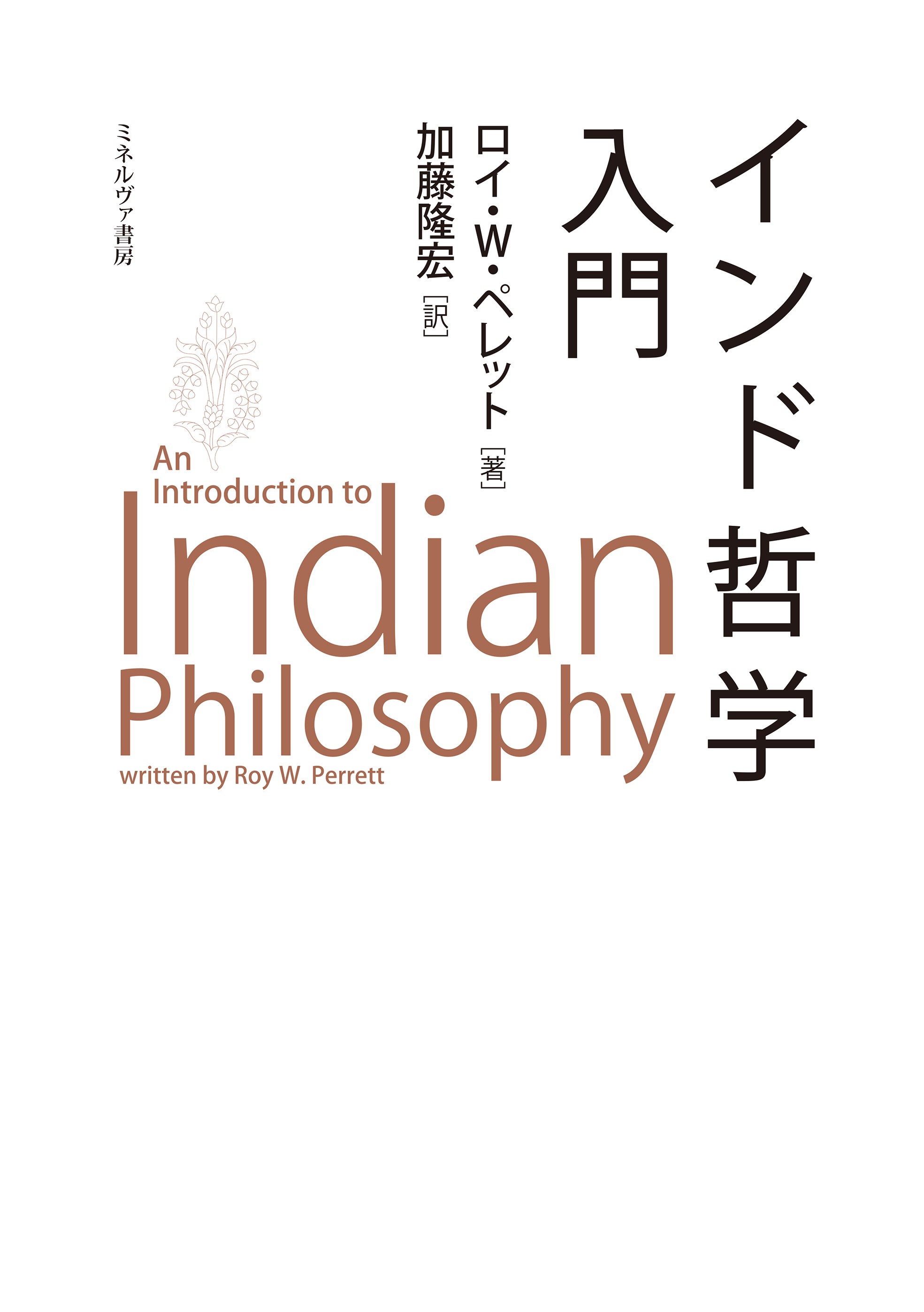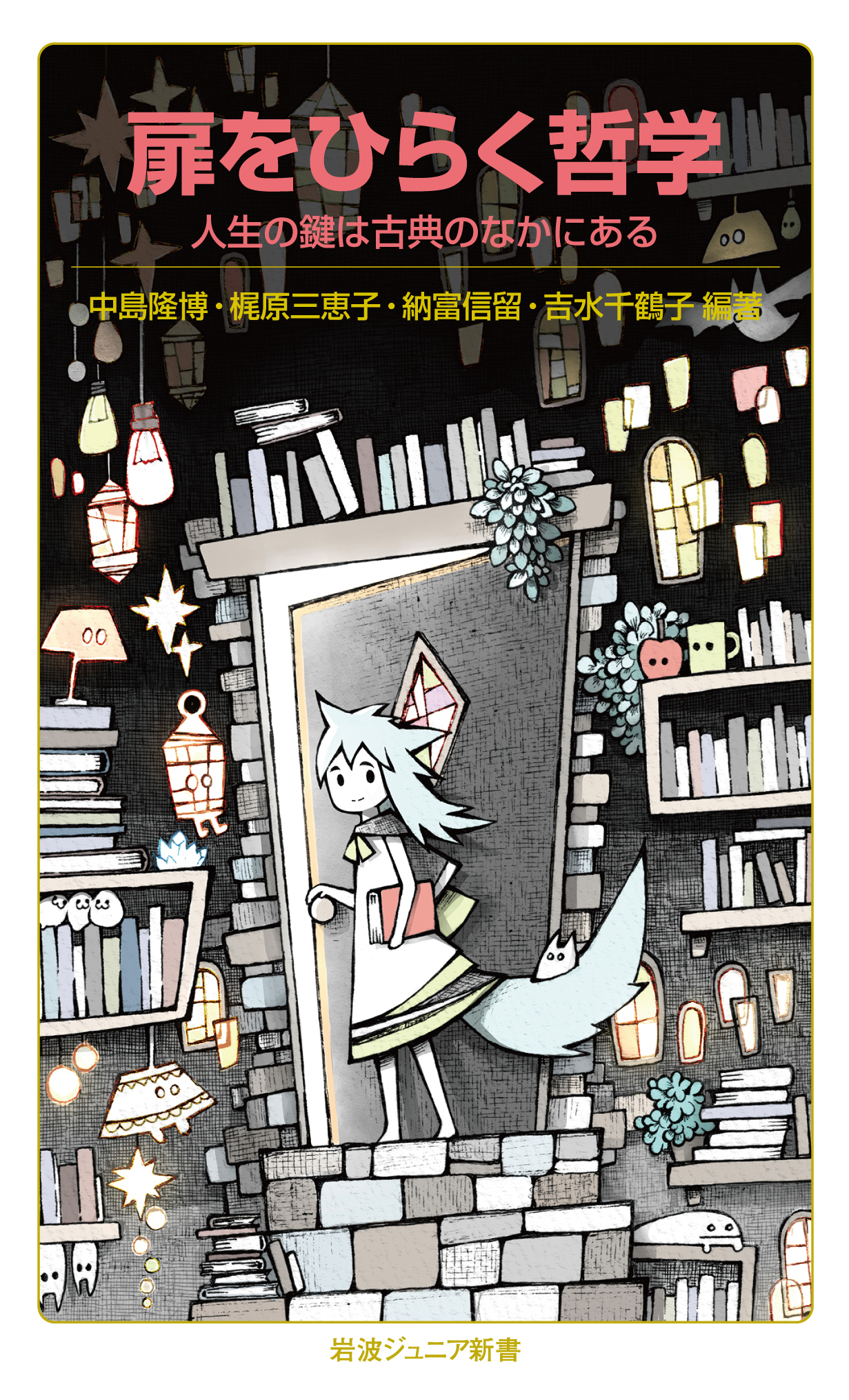
Title
Kodai indo no nyumon girei (The Initiation Rituals in Ancient India)
Size
462 pages, A5 format
Language
Japanese
Released
February 25, 2021
ISBN
9784831863881
Published by
Hozokan Corp.
Book Info
See Book Availability at Library
Japanese Page
Like many cultures around the world, India’s culture has developed through a process whereby the most advanced knowledge of each period was transmitted to the next generation, and extended, or revamped. Specialist knowledge in various fields was transmitted by teachers who taught it to their students, and the more important the knowledge was to those who transmitted it, the more the people to whom it was taught had to be restricted.
The main topic of this book is the initiation rituals in the Vedic religion (Brahmanism), the oldest religious tradition in India. The initiation rituals begin to be mentioned in texts from around the tenth century B.C., and in about the third century B.C. the format known as upanayana (initiation ritual) was established and was subsequently passed down in Indian culture. This book discusses with reference to ancient texts the history of the origins of initiation rituals in ancient India, changes in ritual procedures and details of their contents, and the ideas and functions connoted by “initiation.” In addition to the initiation rituals of the Vedic religion, I also discuss the origins of the ordination ritual of early Buddhism.
The initiation rituals of the Vedic religion have two aspects: rituals for studying the scriptures, and a rite of passage underpinned by the idea of new birth or rebirth. The Vedic scriptures have been transmitted orally from teacher to student down to the present day. In order to gain the qualification to study under a teacher, one must have taken part in an initiation ritual. This corresponds to initiation as a rite for studying the scriptures. In addition, in the initiation rituals of the Vedic religion, the initiate is deemed to become an “embryo” of the teacher and to be born anew as a student of the Vedic scriptures. Here one can see the aspect of initiation as a rite of passage.
On the basis of this idea of being born anew at the time of initiation, from the late Vedic period the initiation ritual came to be regarded as a second birth, following one’s birth from one’s parents, and those who had undergone an initiation ritual came to be called the “twice-born.” Furthermore, the initiation ritual came to function as a social device for differentiating the upper classes, who became members of the twice-born through the initiation ritual, and the lower classes, who were unable to participate in the initiation ritual and could not become members of the twice-born. As well, the idea of rebirth connoted by initiation also gave rise to the provision that those who had performed deeds deviating from social norms could repeat the initiation ritual for the purpose of expiation and purification. This is an example of excessive emphasis being placed on initiation’s aspect of new birth or rebirth.
This book provides translations of Sanskrit passages with explanatory comments taken from texts ranging from the mystical hymns of the Atharvaveda of around the tenth century B.C. to the ritual procedures for initiation described minutely in ritual manuals of around the third century B.C. known as Gṛhyasūtras. Even though it is a specialist book, it has been designed in such a way that it can be read by skipping the Sanskrit passages if one is unfamiliar with the language. In later times, the Vedic initiation ritual had an influence, both direct and indirect, on various fields of Indian culture, including the initiation rituals of esoteric Buddhism and those for medical students who study Ayurveda. Even today, the traditions of the initiation rituals in ancient India are preserved in Hindu societies in South Asia. It is my hope that a wide range of people with various interests will read this book.
(Written by KAJIHARA Mieko, Professor, Graduate School of Humanities and Sociology / 2021)



 Find a book
Find a book



